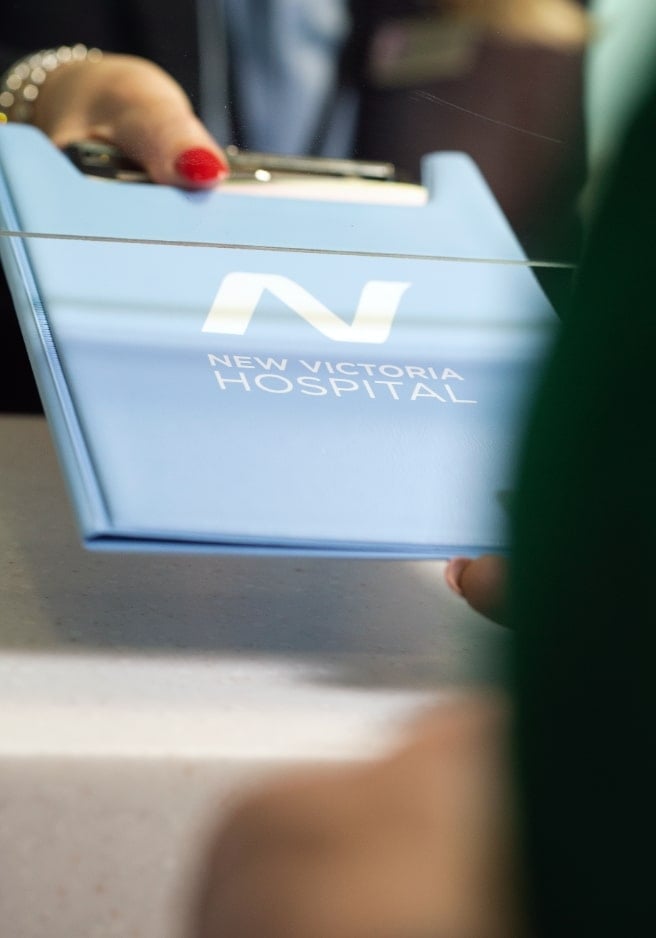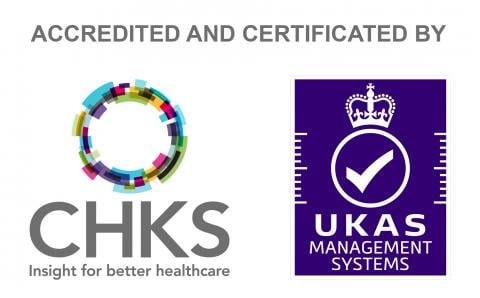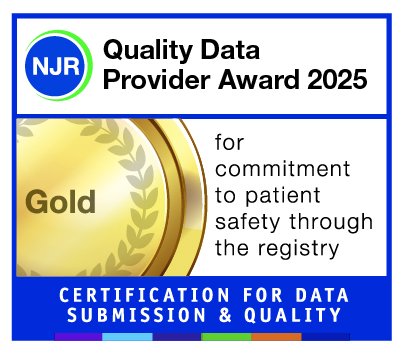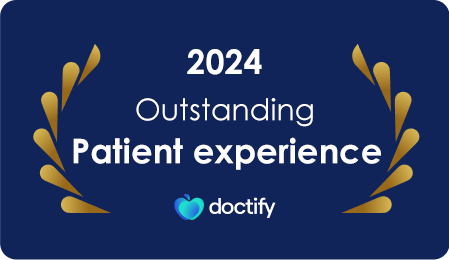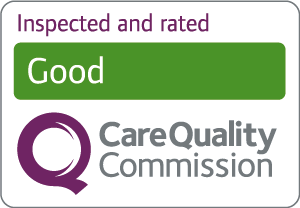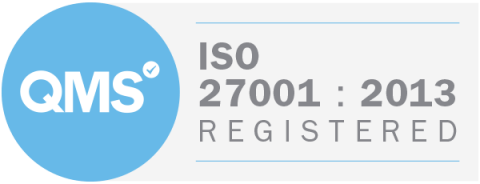Patient Benefits
The investigation is very straight forward. The patient swallows a small capsule which consists of a camera, light source and wireless circuit for the acquisition and transmission of signals. As the video capsule progresses through the gastrointestinal tract, images are transmitted to an external data recorder, worn on a belt outside the body. This data is then transferred to a computer for interpretation. The video capsule is disposable and is passed in the patient’s stool.
Convenient:
The investigation requires an initial 30 minute appointment during which the capsule is ingested. The patient can then leave the unit and carry on with most daily activities (including returning to work). The patient returns in the evening or the next day and returns the data recorder and equipment.
Minimal Preparation:
Advance preparation is fairly minimal. Patients can have a light lunch the day preceding the examination and then clear fluids only until the examination. If required, patients may also be asked to take an oral bowel cleansing agent to improve views. Medications should not be taken for at least two hours before the test. Four hours following video capsule ingestion, patients can eat and drink as normal.
Reduced Waiting:
Once downloaded, the examination can be read quite quickly. Generating a report is fast with patients usually receiving a full report within 24 hours.
Safe:
The test is incredibly safe, with an overall risk of video capsule retention being less than 1% (and also usually indicating pathology requiring interventional treatment).
MRI scans are prohibited during the test and until the video capsule has been passed.
Video Capsule Endoscopy Reading and Reports
All videos are read and then reported on by our highly experienced Specialist Gastroenterologist, Dr Rishi Goel. Findings are sent to the patient and discussed at a subsequent clinic appointment. A copy of the report is also sent to the original referrer. The reports are exhaustive and comprehensive covering:
- Indications,
- Findings,
- Pictures of anatomical landmarks and important pathology,
- Clinical relevance & conclusions.


